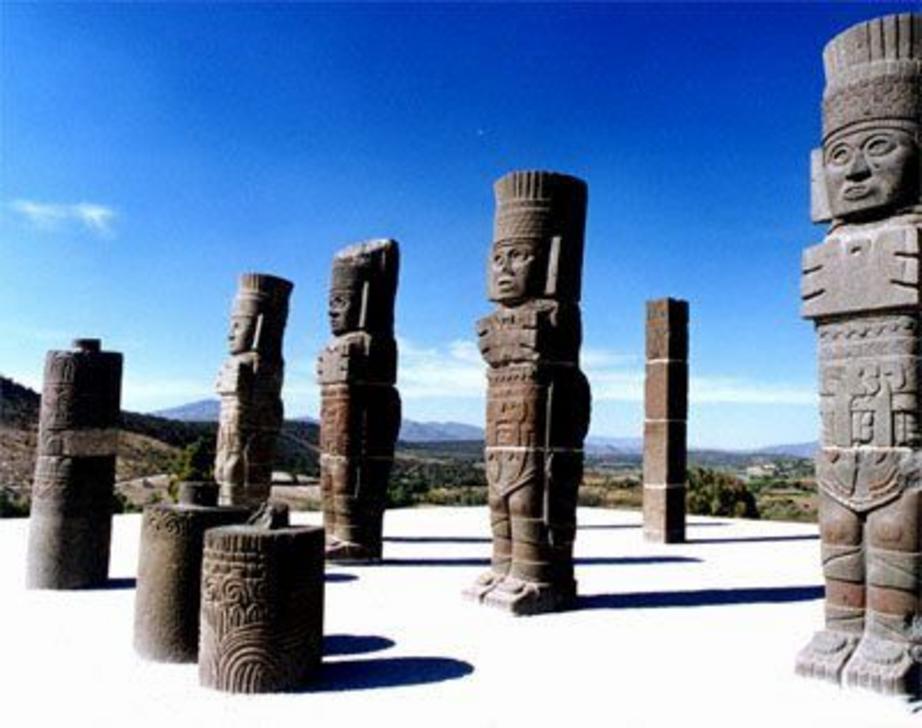The enigmatic “Atlantean” stone warriors of Tula in Mexico
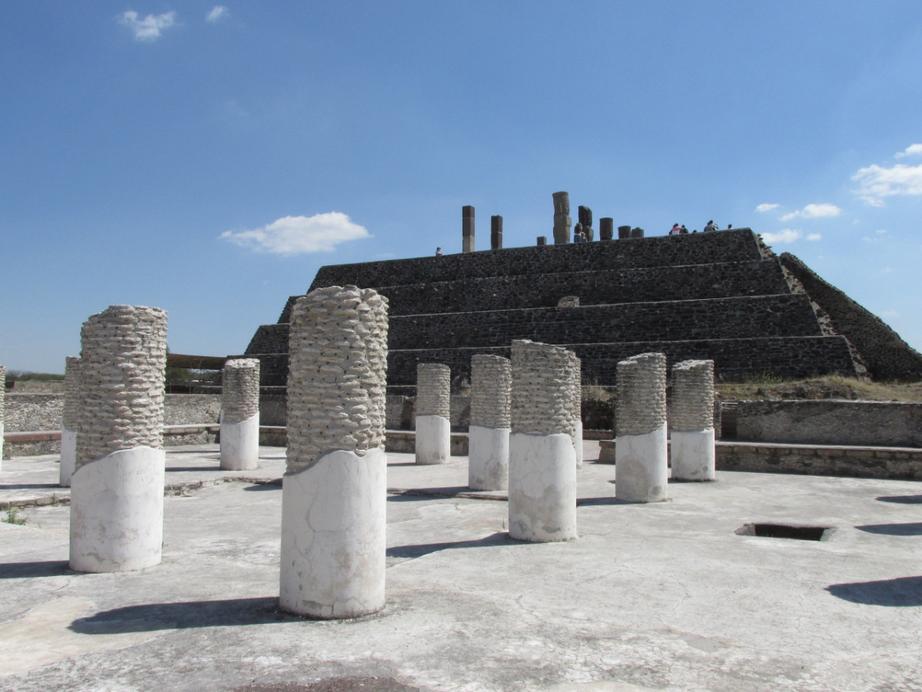
Tula was a very important spiritual site of the Toltec people between the fall of Teotihuacan and the later rise of the Aztec capital of Tenochtitlan, now known as Mexico City. The main attraction is the Temple of Quetzalcoatl, in the background above. It is believed that Tula fell at about 1150 AD.
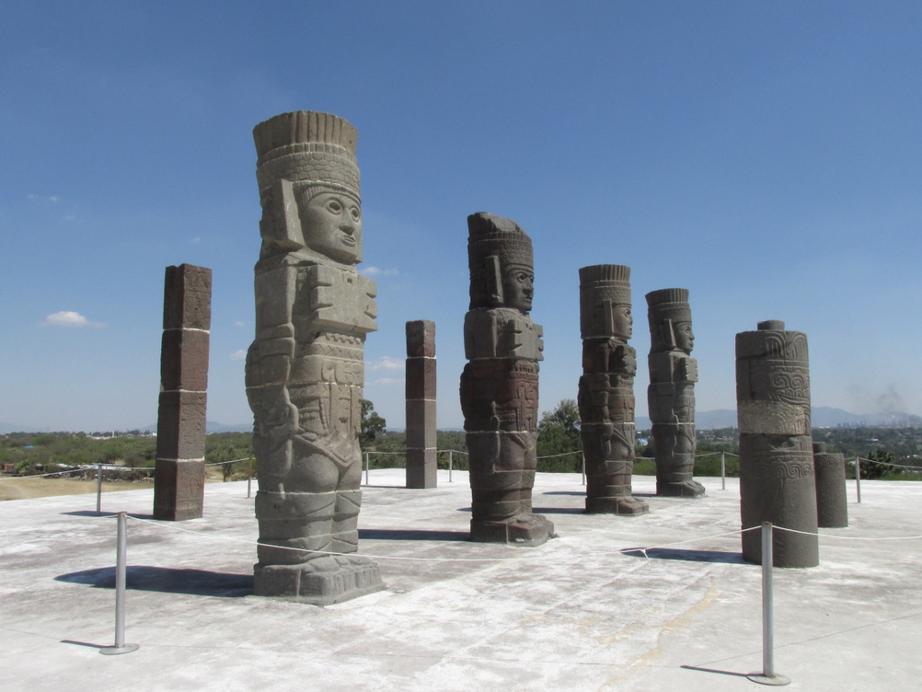
On top of the Temple stand 4 warrior figures made out of hard basalt stone; each being composed of sections of that material. They are believed to have once been posts or pillars that held up an enormous roof. Settlement of the area began about 400 BC, and by 900 AD had a multi-ethnic population.
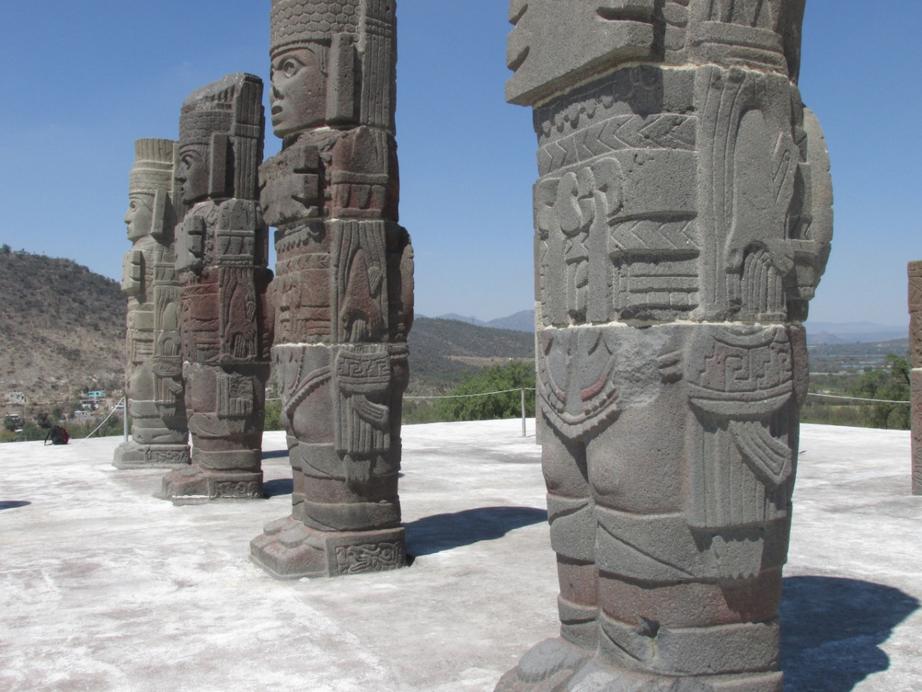
Some modern authors and film makers have suggested, based on no academic or Native information whatsoever, that the Tula warriors are representations of aliens, or people from Atlantis. In fact, according to the oral tradition of the area, they represent the warriors of Quetzalcoatl, who was the “feathered or plumed serpent” god or teacher that arrived in the area in the distant past.
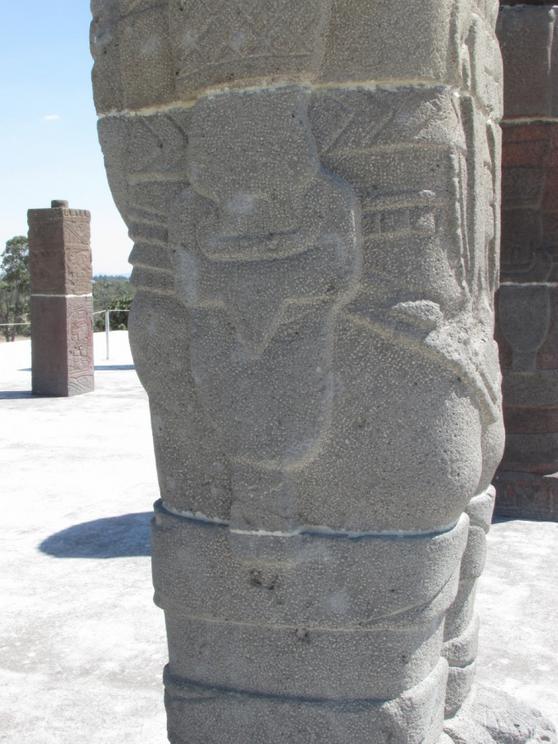
Rather than them supposedly holding laser beam weapons and other high tech devices, the Tula warriors are shown with spear throwers, incense, butterfly shaped chest plates and back plates in the shape of solar disks. The term “Atlantean” was supposedly coined by a foreign author in the 19th century and has no basis in reality.
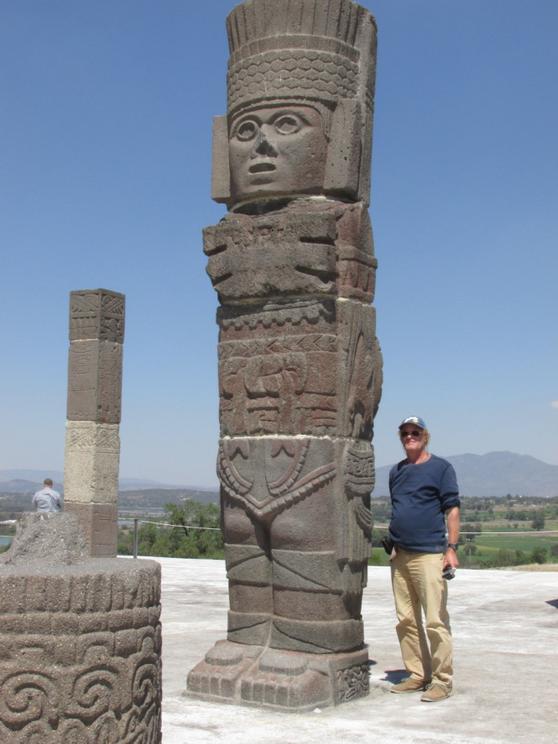
Join us in January 2018 as we explore not only Tula, but many other amazing ancient sites of the Toltec, Maya, Olmec and Aztec people. The full itinerary and other details can be seen HERE. Also, my book below discusses Quetzacoatl as well as related ancient teachers (perhaps the same person) such as Kukulkan of the Maya who taught the Native people the arts, sciences and advanced agriculture.
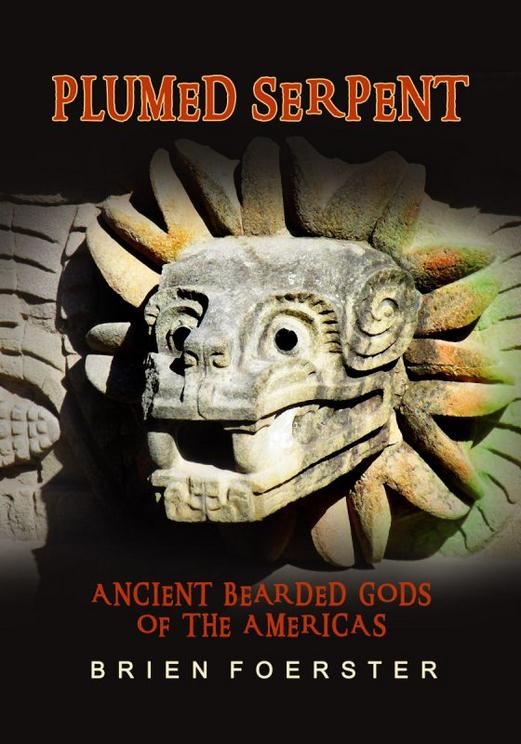
The book is available in e-book and paper back formats HERE.
A video view of Tula above

